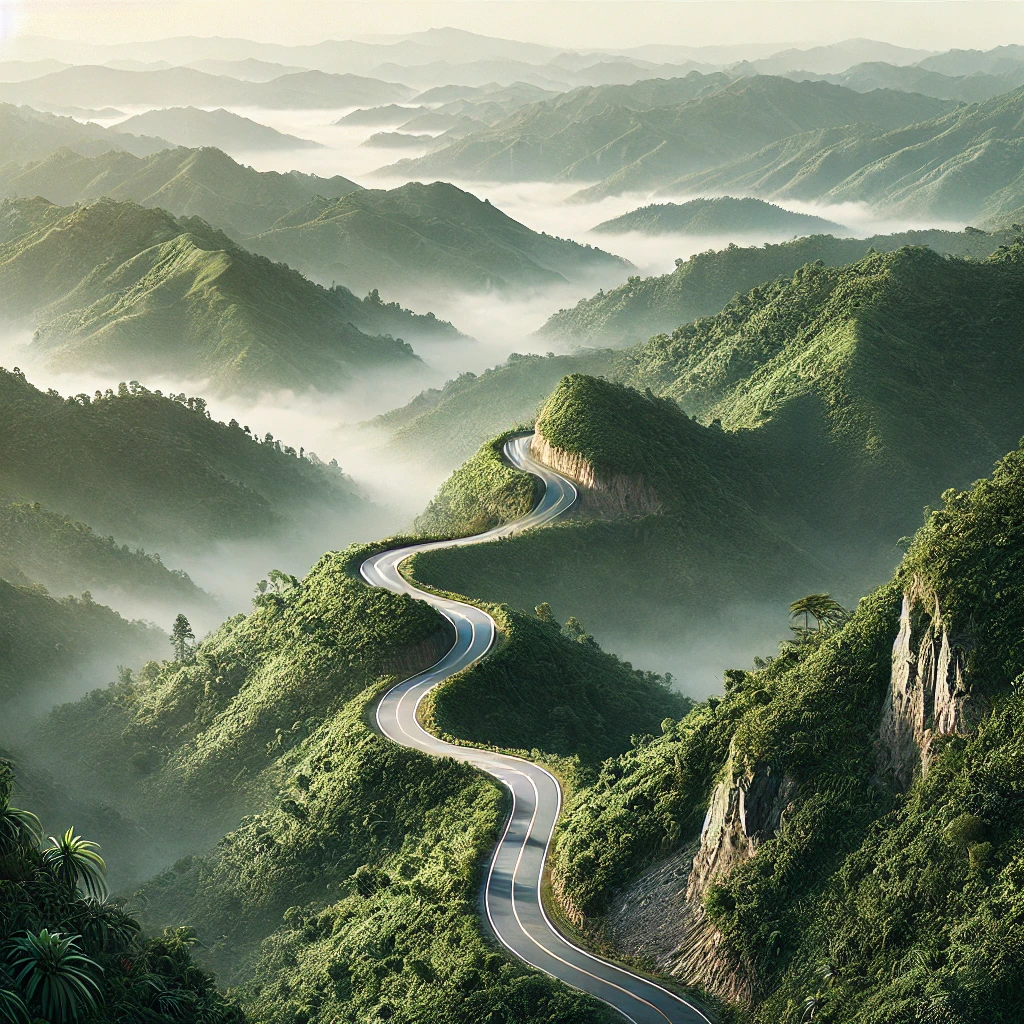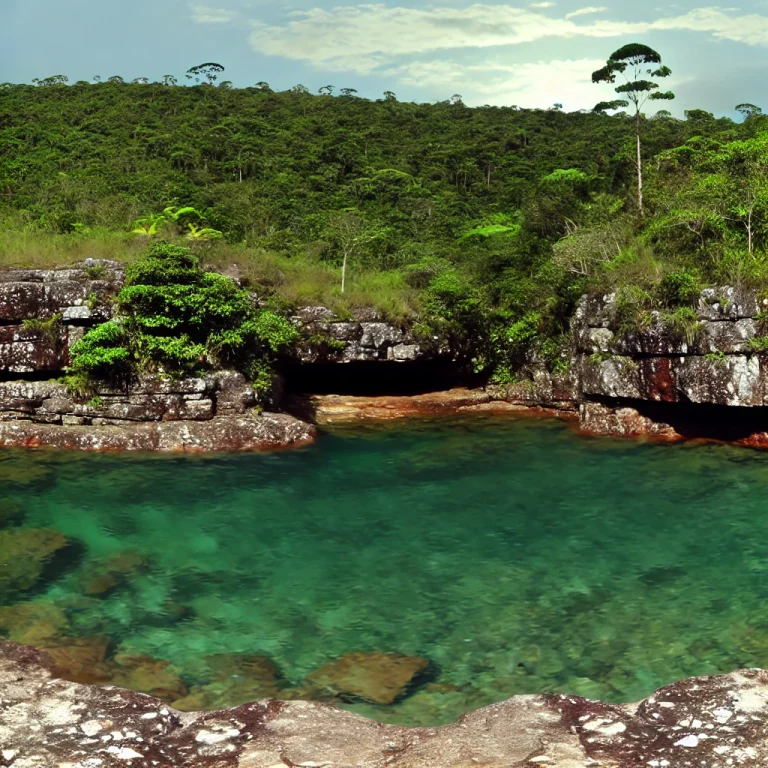Nagaland, nestled in the northeast corner of India, offers breathtaking landscapes, vibrant cultures, and unique experiences. However, navigating through this mountainous terrain comes with its challenges. The roads in Nagaland are as beautiful as they are rugged, with winding paths cutting through the hills and valleys.
Road Conditions and Challenges
Nagaland’s road network, though scenic, faces various challenges. Due to the hilly terrain, landslides during monsoon season are common, making certain areas difficult to traverse. While major highways are improving, many rural roads remain unpaved and bumpy. However, the state’s efforts to enhance connectivity have seen gradual improvements in infrastructure.
Connectivity and Major Routes
Despite the challenges, Nagaland is relatively well-connected to the rest of Northeast India. Key highways such as National Highway 29 (NH 29) connect Nagaland’s capital, Kohima, with Dimapur and Imphal, offering a vital route for travellers. Dimapur, the state’s largest city, acts as a hub, connecting Nagaland to Assam and other northeastern states.
Tips for Travelers
If you’re planning a road trip in Nagaland, here are a few things to keep in mind:
• Best Time to Travel: The best time to hit the roads is during the dry season, between November and April, to avoid monsoon-related roadblocks.
• Vehicle Type: A sturdy SUV or a vehicle with good ground clearance is ideal for tackling Nagaland’s terrain.
• Local Knowledge: Hiring a local guide or driver can make navigating the roads easier, as they are familiar with the changing conditions and alternate routes.
Nagaland’s roads may be challenging, but they lead to some of the most stunning and remote locations in the region. Whether you’re an adventurous traveler or looking to experience Nagaland’s untouched beauty, the journey on its roads will be an unforgettable part of your trip.


